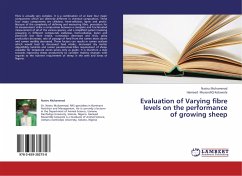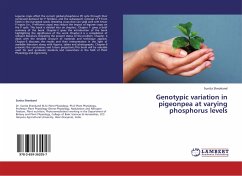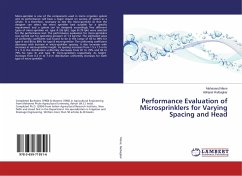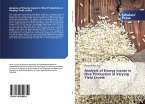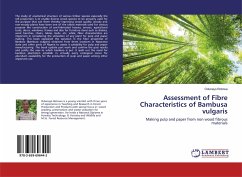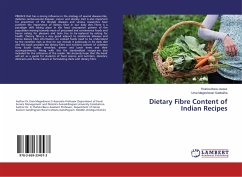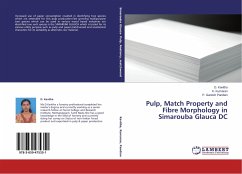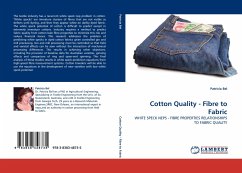Fibre is actually very complex. It is a combination of at least four major components which are distinctly different in chemical composition. These four major components are cellulose, hemi-cellulose, lignin and pectin. Because of the complexity of defining and measuring fibre, procedure for its measurement strike a compromise between a complete and fractionated measurement of all of the various species, and a simplified system involving grouping in different compounds (cellulose, hemi-cellulose, lignin and pectin).At low fibre intake, rumination decreases and thus, saliva production decreases, rate of passage of feed from the rumen slows down and rumen motility decreased. These factors can results in rumen acidosis which would lead to decreased feed intake, decreased dry matter digestibility, laminitis and rumen parakeratosis.Fibre requirement of sheep available for temperate zones serves only as guide. It is therefore a step towards improving sheep productivity to consider making changes with regards to the nutrient requirement of sheep in the semi arid areas of Nigeria.
Bitte wählen Sie Ihr Anliegen aus.
Rechnungen
Retourenschein anfordern
Bestellstatus
Storno

